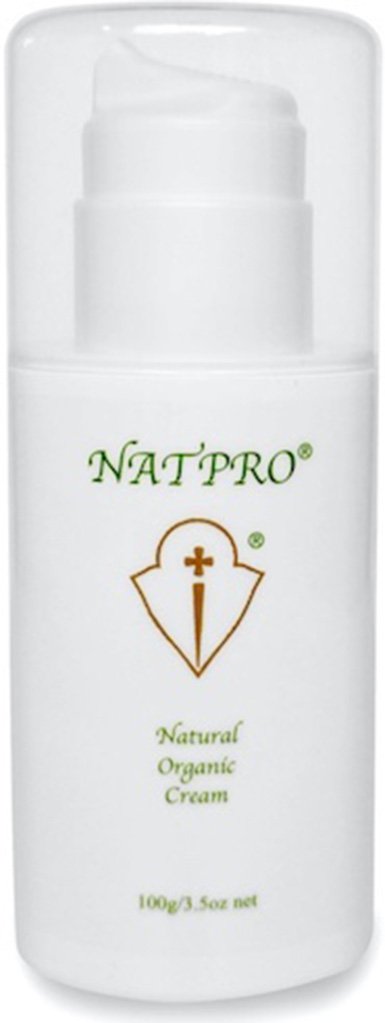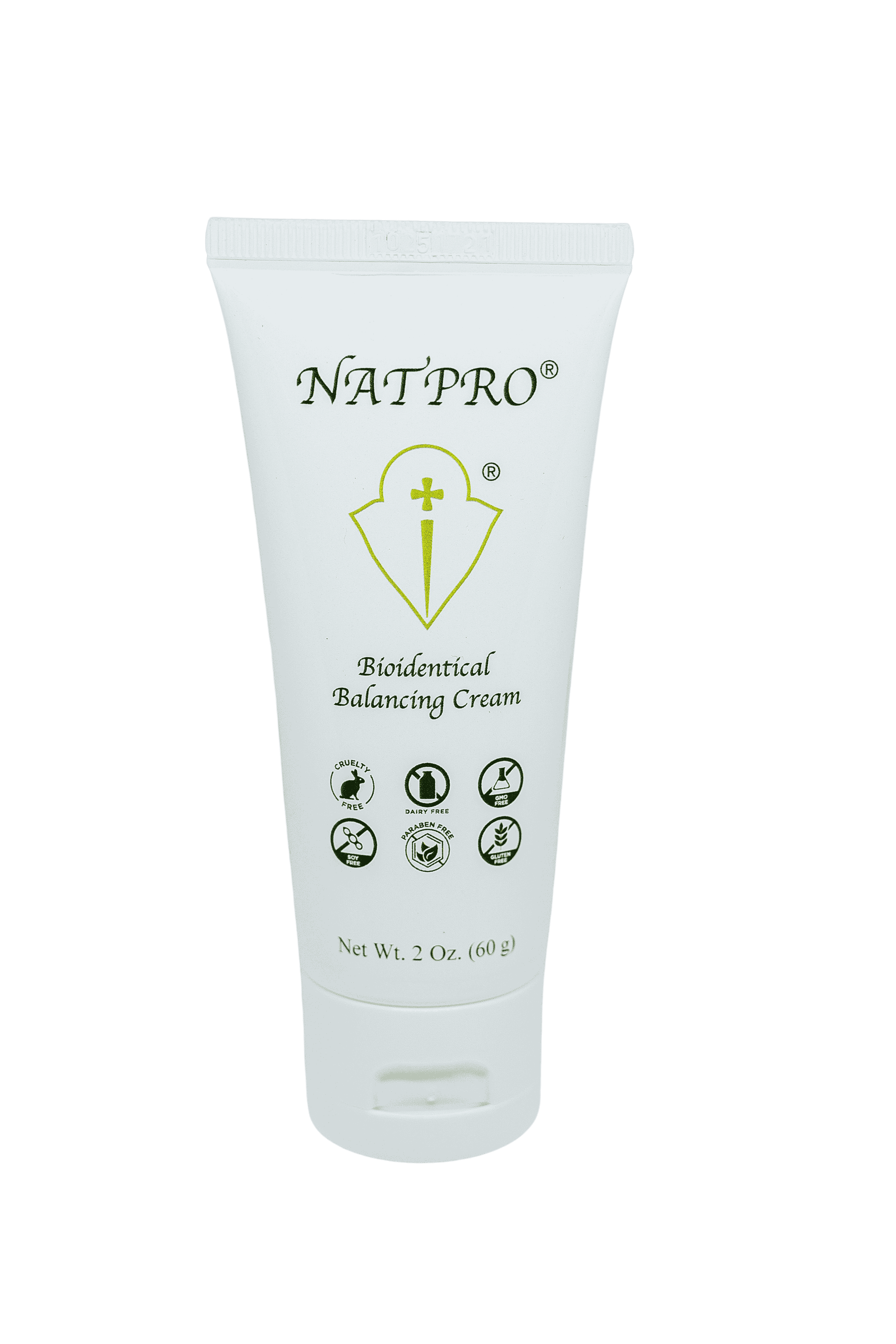What does Vitamin D Do?
In understanding what does Vitamin D do for our bodies, it is important to know that Vitamin D is a fat-soluble vitamin that works at a cellular level. It is naturally present in very few foods, added to other foods and termed 'fortified with Vitamin D', and also available as a dietary supplement. The most natural of all sources however, is when ultraviolet B (UVB) rays from the sun (or tanning beds) strike the human skin and trigger vitamin D synthesis.
Vitamin D obtained from any of the above sources is actually biologically inert and must first undergo two hydroxylations within the body before it is of any use to the body:
- It is transported to the liver which converts the vitamin D to 25-hydroxyvitamin D [25(OH)D], known as Calcidiol
- Calcidiol then forms the physiologically active 1,25-dihydroxyvitamin D [1,25(OH)2D], also known as Calcitriol, by the kidneys or by going into tissues and being turned into Calcitriol there.
So, what does Vitamin D do within our bodies?
The following list illustrates some of the reactions within our bodies after the above hydroxylations:
- The kidney pathway sends the Calcitriol back into the blood where it is used to regulate calcium levels, reducing our risk of diseases such as rickets in children or osteomalacia or osteoporosis in adults.
- Vitamin D promotes calcium absorption in the gut and maintains adequate serum calcium and phosphate concentrations to enable normal mineralization of bone and to prevent hypocalcemic tetany.
- Without sufficient vitamin D, bones can become thin, brittle, or misshapen. It is needed for bone growth and bone remodeling by osteoblasts and osteoclasts.
- The Calcitriol that is made in our tissues has more of an effect on gene expression in the cells, turning genes either on or off. Remember that genes are used to make proteins, and proteins are the machinery that control most of our bodily functions. Most cells in the human body contain the Vitamin D Receptor (VDR).
- Vitamin D is important to the muscles to enable them to move, and for the nerves to carry messages between the brain and every body part
- The immune system needs Vitamin D to fight off invading bacteria and viruses
To quote Dr. Greg Plotnikoff, Medical Director, Penny George Institute for Health and Healing, Abbott Northwestern Hospital in Minneapolis:
"Because vitamin D is so cheap and so clearly reduces all-cause mortality, I can say this with great certainty: Vitamin D represents the single most cost-effective medical intervention in the United States."
Research has shown the correlation between poor Vitamin D function and all sorts of health conditions, such as:
Cancer
Reporting on what does Vitamin D do for cancer, the Vitamin D Research Council has compiled a long list of various cancers' success after Vitamin D treatment or programs. This includes bladder, brain, breast, Cervical, colorectal, Endometrial, Esophageal, Gallbladder, Gastric, Hodgkin, Leukemia, Lung, Melanoma, Multiple Myeloma, non-melanoma skin cancer, non-hodgekin lymphoma, ovarian, Pancreatic, Prostate, and Renal.
Some interesting facts include:
- Many studies found UVB vitamin Dassociated with reduced risk of breast, colon and rectal cancer.
- A randomised controlled trial with 1100 IU/day vitamin D3 plus 1450 mg/day calcium found a 77% reduction in all-cancer incidence.
- Geographical studies found reduced risk in mortality rates for15-20 types of cancer in regions of higher solar UVB doses.
What does vitamin D do for Heart disease?
Cardiovascular disease (CVD) is also referred to as heart and circulatory disease, includes conditions such as coronary heart disease (angina and heart attack). Dr. JoAnn Manson, Professor, Department of Epidemiology at Harvard School of Public Health, Professor of Medicine at Harvard Medical School, and Chief of Division of Preventive Medicine, Department of Medicine, at Brigham and Women's Hospital, when asked what does Vitamin do for the heart, was quoted as saying...
"I think vitamin D is one of the most promising nutrients for prevention of cardiac disease and cancer, and I believe in it strongly."
What does vitamin D do for Autoimmune diseases?
Autoimmune diseases arise when the body actually attacks its own cells as it mistakes some part of the body as a pathogen and attacks it. So what does Vitamin D do to benefit patients with an autoimmune disease such as HIV or AIDS?
- Reduces the risk of bone mineral loss and osteoporosis
- Produces proteins that help fight bacteria and viruses
- Reduces inflammation by shifting protein production away from inflammation
- Improves muscle strength
- Improves blood sugar control and reduces the risk of diabetes
What does vitamin D do for Skeletal Health?
More than 40 million adults in the United States alone have or are at risk of developing osteoporosis, which is a disease characterized by low bone mass and structural deterioration of bone tissue that increases the fragility of bones and significantly increases the risk of bone fractures. Osteoporosis is most often associated with inadequate calcium intakes, but insufficient vitamin D contributes to osteoporosis by reducing calcium absorption.
Osteoporosis is an example of a long-term effect of calcium and vitamin D insufficiency in the body, whereas rickets and osteomalacia are extreme examples of vitamin D deficiency. What does Vitamin D do when adequately stored in the body and thereby maintaining good bone strength? It helps prevent:
- osteoporosis in older adults
- non-ambulatory individuals who have difficulty exercising
- postmenopausal women
- individuals on chronic steroid therapy
Normal bone is constantly being remodeled. During menopause, the balance between these processes changes, resulting in more bone being resorbed than rebuilt. Hormone therapy with progesterone also might be able to delay the onset of osteoporosis. Among postmenopausal women and older men, supplements of both vitamin D and calcium result in small increases in bone mineral density throughout the skeleton. They also help to reduce fractures in institutionalized older populations.
Depression
What does Vitamin D do to help prevent depression?
- Seasonal Affective Disorder, known as the "winter blues" is a well documented condition seen in geographical areas where people are deprived of sunshine for many months at a time. This can equally be applied to anyone who doesn't get to be exposed to UVB rays every day.
- PMS - helps alleviate some symptoms of Pre Menstrual Syndrome, such as mild depression and mood swings, irritability, physical discomfort, and social withdrawal.
Jet Lag Prevention
"Doses" of sunlight or simulated sunlight timed carefully upon arrival in a new time zone, can re-set your body's biological clock resulting in less day time drowsiness and better quality night time sleep.
Note on IU's:
Vitamin D can be measured as either IU (internal units) or mcg (micrograms). One microgram of Vitamin D equals 40IU. Consuming enough magnesium is a key factor in the proper absorption and function of Vitamin D, and dietary habits may have an effect too. So if you consume adequate magnesium and eat a healthy diet, you may need less Vitamin D than the average person.
References
Institute of Medicine, Food and Nutrition Board. Dietary Reference Intakes for Calcium and Vitamin D. Washington, DC: National Academy Press, 2010.
Vitamin D Research Council
Cranney C, Horsely T, O'Donnell S, Weiler H, Ooi D, Atkinson S, et al. Effectiveness and safety of vitamin D. Evidence Report/Technology Assessment No. 158 prepared by the University of Ottawa Evidence-based Practice Center under Contract No. 290-02.0021. AHRQ Publication No. 07-E013. Rockville, MD: Agency for Healthcare Research and Quality, 2007. PubMed Abstract
Holick MF. Vitamin D. In: Shils ME, Shike M, Ross AC, Caballero B, Cousins RJ, eds. Modern Nutrition in Health and Disease, 10th ed. Philadelphia: Lippincott Williams & Wilkins, 2006.
Norman AW, Henry HH. Vitamin D. In: Bowman BA, Russell RM, eds. Present Knowledge in Nutrition, 9th ed. Washington DC: ILSI Press, 2006.
Jones G. Pharmacokinetics of vitamin D toxicity. Am J Clin Nutr 2008;88:582S-6S. PubMed Abstract
Holick MF. Vitamin D deficiency. N Engl J Med 2007;357:266-81. PubMed Abstract
National Institutes of Health, Osteoporosis and Related Bone Diseases National Research Center.
Heaney RP. Long-latency deficiency disease: insights from calcium and vitamin D. Am J Clin Nutr 2003;78:912-9. PubMed Abstract
LeBoff MS, Kohlmeier L, Hurwitz S, Franklin J, Wright J, Glowacki J. Occult vitamin D deficiency in postmenopausal US women with acute hip fracture. JAMA 1999;251:1505-11. PubMed Abstract

